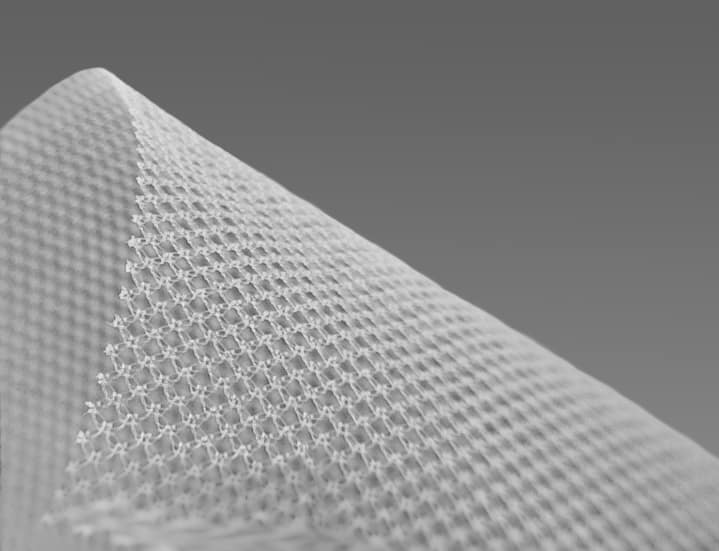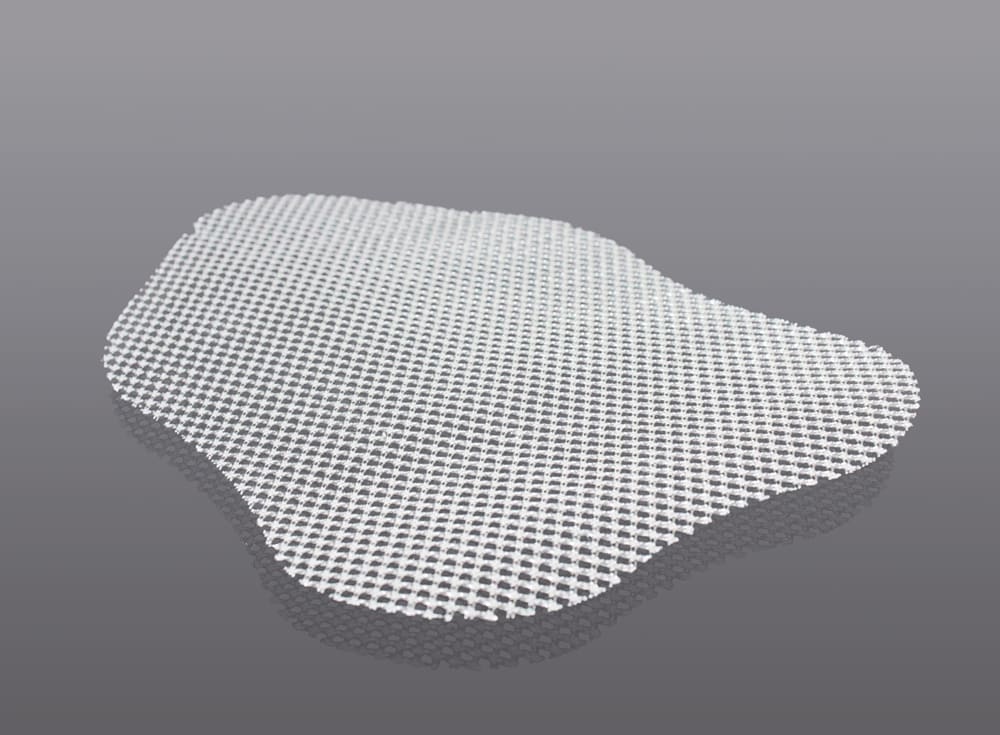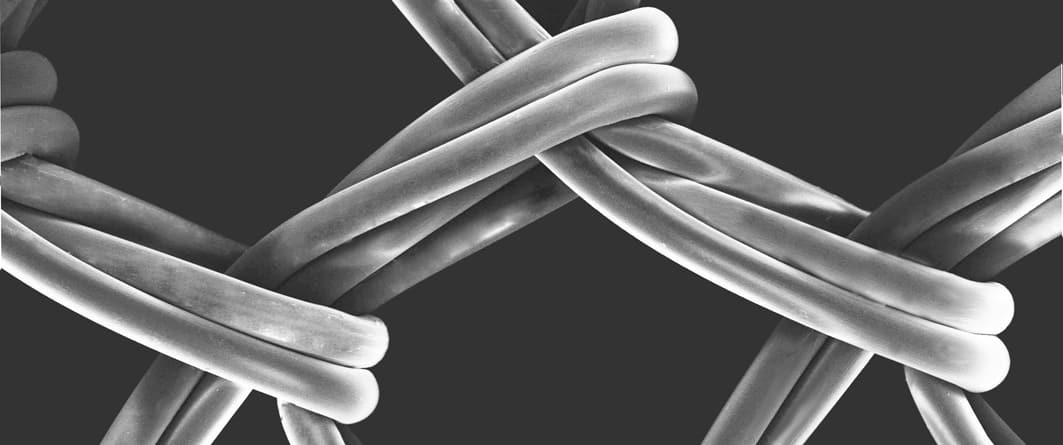Extraperitoneal Hernia Repair Solutions
As extraperitoneal hernia repair (TEP) takes place outside of the abdominal cavity, with mesh placed between the musculature of the abdominal wall, mesh design is focused on optimal tissue integration and tissue healing, and how the mesh conforms with the movement of the abdomen, while providing sufficient mechanical support over time. Resorbable materials are being increasingly incorporated into mesh for extraperitoneal repair, with the preference that no foreign material remain in the body post healing. The use of resorbable materials in hernia mesh depends on the specific nature of each hernia, and the risk of recurrence. Aran Biomedical has significant experience, designing and manufacturing mesh products to meet the needs and criteria of the extraperitoneal hernia repair market from non-resorbable to fully resorbable designs.
Flat Sheet Polypropylene Mesh
Aran Biomedical provides flat sheet mesh for fascial defect and hernia repair indications, featuring customised knit designs and pore configurations. Mesh can be designed in a 2D or 3D knit structure to provide a scaffold for tissue integration and can be made using either single yarn or multiple materials. All mesh is laser machined to dimensional specifications, associated with the indication for use e.g. ventral, parastomal, umbilical etc. The mesh can also be heat-formed into defined anatomical shapes to facilitate specific hernia repair procedures.
Aran Biomedical offers a fully integrated solution for development and supply of mesh products, from the resin to the finished device. Our proprietary medical grade polypropylene resin, ProTEX Med, is available for use in all of our textile manufacturing. In addition, our proprietary processing techniques can help to deliver superior performance, such as handling, improved feel and reduced edge roughness, to facilitate mesh placement and minimise foreign body reaction in-vivo. Supported by comprehensive design, manufacturing and regulatory expertise, we can take your product from concept to finished device.
Semi Resorbable Mesh
Semi-resorbable mesh has emerged as a valuable product design, where patients require the strength of a heavy weight mesh upfront, but long term require only the support of a lightweight mesh. Integration of resorbable and non-resorbable yarns during mesh manufacturing, can provide the high strength mechanical performance required upon immediate implantation
However, as tissue integrates into the mesh during healing, there is gradual mass loss of resorbable fibres, resulting in a lightweight non-resorbable mesh remaining to provide long term support.
Resorbable Mesh
Resorbable mesh has become increasingly popular in the repair of certain extraperitoneal hernias, as a means to provide the short term support necessary during the healing process, while leaving no foreign material in the body long term.
Aran Biomedical has significant experience working with resorbable yarns and manufacturing mesh that maximise the mechanical properties of the materials used, to deliver performance equivalent to current non-resorbable designs. All mesh is custom designed, tailored to the intended indication and produced to meet the requirements and specifications of our customers. During design and manufacturing Aran Biomedical can provide direction to the client on these important considerations:
- Mechanical properties e.g. stiffness/ material modulus.
- Degradation – rate of material resorption, in relation to regeneration rate of local tissue.
- Pore architecture – selection of pore size and distribution appropriate to local cell type.



